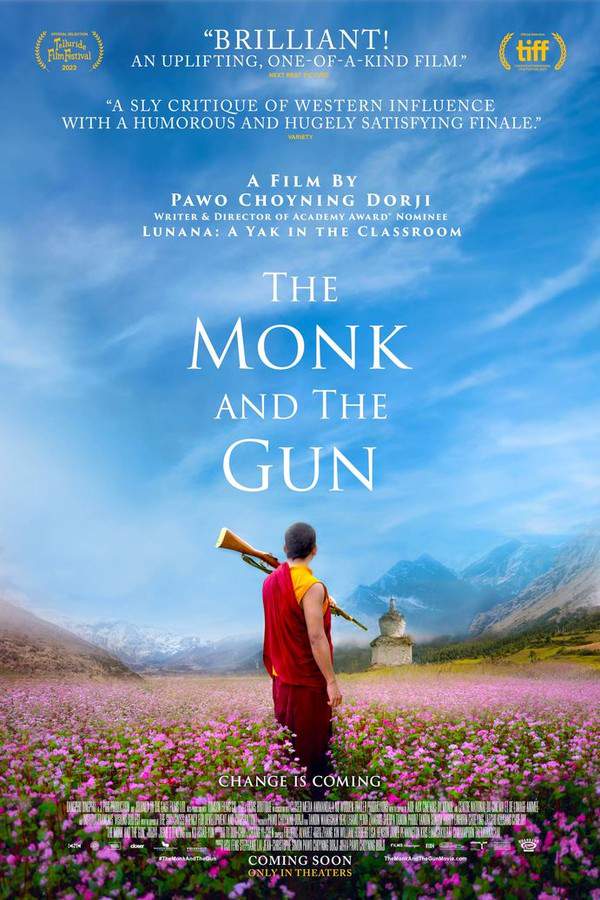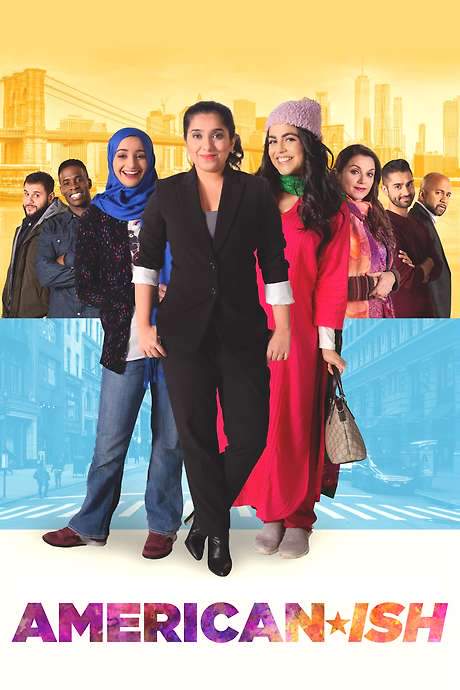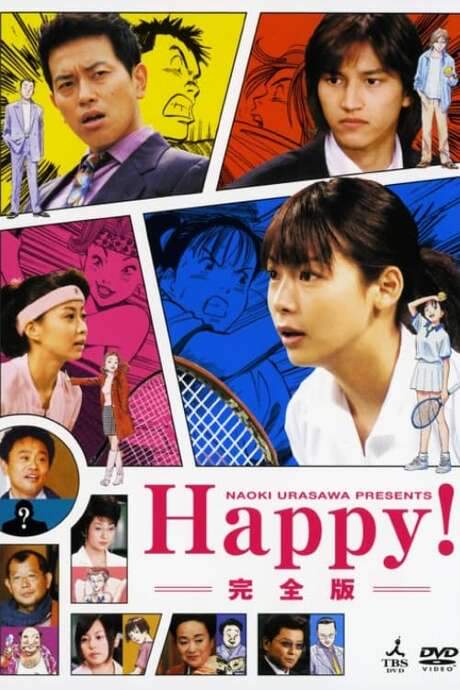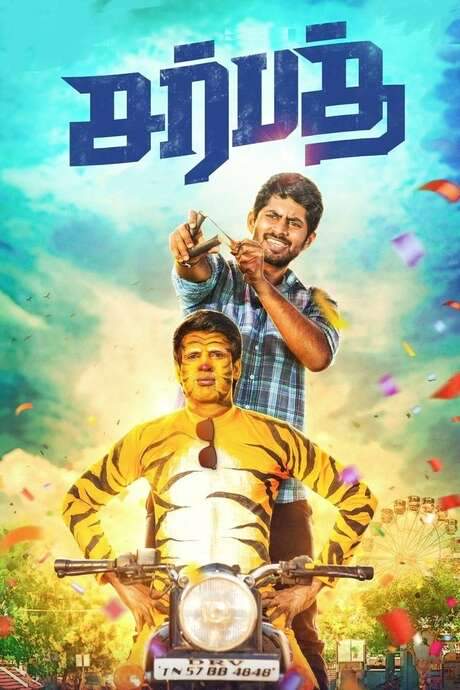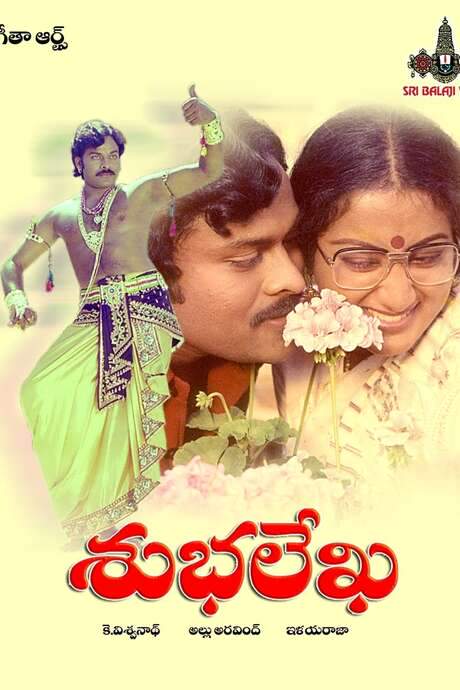
Gali Gali Chor Hai
Year: 2012
Runtime: More mins
Language: Hindi
Director: Rumi Jaffery
Bharat, a bank cashier and part‑time actor who plays Hanuman in the local Ram‑Leela, yearns to be the lead Ram. His ambitious wife Nisha pushes for his promotion. When his table‑fan is stolen, he becomes tangled in a corrupt network of bribes, criminals and police to retrieve it. His breaking point exposes the rot and upends the system.
Warning: spoilers below!
Haven’t seen Gali Gali Chor Hai yet? This summary contains major spoilers. Bookmark the page, watch the movie, and come back for the full breakdown. If you're ready, scroll on and relive the story!
Gali Gali Chor Hai (2012) – Full Plot Summary & Ending Explained
Read the complete plot breakdown of Gali Gali Chor Hai (2012), including all key story events, major twists, and the ending explained in detail. Discover what really happened—and what it all means.
Bharat, Akshaye Khanna, leads a simple, crowded life in the heart of Bhopal, balancing a part-time dream with a full-time job. On one hand, the stage calls him as a spirited Hanuman in the local Ramleela, leaping and laughing in front of a cheering crowd; on the other, he keeps the books as a steady bank cashier, handling numbers and ordinary worries with a calm, steady smile. He shares a warm home with Nisha, Shriya Saran, a devoted schoolteacher whose love for Bharat runs deep but is shadowed by a pragmatic concern: she wants him to climb the corporate ladder and become a manager rather than chase aerial tricks on the stage. At home, Bharat’s father, Shiv Narayan, Annu Kapoor, embodies a faded nostalgia for freedom and a stubborn hope that someday the country will shed its corruption. It’s a small, affectionate world that keeps finding laughter even when the real world intrudes.
Into this cozy haven wanders Amita, Mugdha Godse, a young call-center worker who is more of a free-spirited guest than a guest in the traditional sense. She often hops onto Bharat’s scooter for a ride when he isn’t busy dropping his wife at school, a pattern that spices the household with a touch of flirtation and unease, all while Bharat’s heart remains with Nisha and the quiet dream they share.
Bharat’s deepest wish is simple in its aim: to graduate from playing Lord Hanuman to becoming Lord Ram someday. That single ambition, noble as it sounds, instantly collides with the rough, crowded reality of politics and show business in town. Sattu Tripathi, the younger brother of the local MLA, and a mediocre actor who performs as Lord Ram himself, resents Bharat’s onstage charisma and his growing popularity. The tension escalates when Bharat’s own ambitions threaten to upend the carefully arranged pecking order surrounding the re-election campaigns of the MLA, MLA Manku, who is not above pressing his weight to keep Bharat from offering that extra room for political use.
Things take a sharper turn when the local havaldaar, Kushwaah, comes knocking with a case that pulls Bharat into a web of accusations he never imagined. He’s accused of a theft—Chunnu Farishta supposedly stole a fan from the havaldaar’s house. Bharat is bewildered by the chain of testimonies that seem to materialize out of thin air, while a cast of crooked characters, lazy judges, and biased witnesses loom over the proceedings. The courtroom becomes a theater of manipulation, where truth must fight to be heard amid a chorus of assembled liars and schemers that India’s system too often seems to reward.
Caught in this spiraling mess, Bharat finds himself required to navigate a corruption loop that pulls him from cops to criminals, from witnesses to lawyers, and even into the maw of a compromised judge. Bribes and favors multiply, and the line between right and wrong blurs as Bharat stoops to play the game to survive, all while his intrinsic decency refuses to abandon him completely. Yet in the face of pressure, his core ideals—those same ideals his father hoped the country would embody—begin to reawaken. He starts to stand up for the common man, finding a new courage to question the system rather than simply endure it.
As the drama unfolds, Bharat’s steadfast integrity becomes a beacon that draws national attention. What began as a personal struggle to clear his name becomes a larger, more powerful statement about the everyday thieves who line every lane. Through grit and a renewed sense of justice, Bharat turns the tide on a cycle built to crush ordinary people, exposing the far-reaching corruption that plagues the country’s institutions. The story tracks a man who chooses to oppose the machine, to refuse the easy path, and to use his own experience as a tool for reform—transforming from a dutiful employee and onstage performer into a symbol of resistance for the people who rarely see themselves reflected on screen.
In the end, what started as a seemingly routine misfortune mutates into a compelling, hopeful reckoning. Bharat’s journey—driven by love for his family, faith in his friends, and an unshakable belief in the rights of the everyday person—artistically crystallizes into a narrative about resilience and accountability. It’s a reminder that one honest voice, when supported by courage and community, can illuminate the way through a landscape crowded with deceit. The story leaves us with a sense of possibility: that a cashier who dares to dream bigger can spark a conversation that resonates beyond his small street, challenging the thieves who hide behind power and inviting each viewer to consider their own role in standing up for what’s right.
Last Updated: October 03, 2025 at 06:47
Explore Movie Threads
Discover curated groups of movies connected by mood, themes, and story style. Browse collections built around emotion, atmosphere, and narrative focus to easily find films that match what you feel like watching right now.
Movies like Gali Gali Chor Hai about an ordinary person fighting the system
An unassuming person takes a stand against a vast network of injustice.If you enjoyed Gali Gali Chor Hai, you'll like these stories where an everyday individual confronts systemic corruption. These movies feature relatable heroes, a steady build-up of tension, and an ultimately uplifting message about standing up for what's right against overwhelming odds.
Narrative Summary
These narratives typically begin with a minor, almost absurd inciting incident that reveals the rot within a societal structure (legal, political, corporate). The protagonist, initially naive or unwilling to engage, is gradually forced to act, navigating a frustrating web of bureaucracy and power. The journey is one of empowerment, culminating in a confrontation that exposes the truth and restores a sense of justice.
Why These Movies?
These films are grouped together because they share a core narrative structure and emotional arc. They balance the frustration of systemic injustice with the hopeful, inspiring journey of an underdog. The pacing is steady, building from a personal problem to a public reckoning, and the tone remains fundamentally optimistic about individual agency.
Satirical social dramas with a hopeful tone like Gali Gali Chor Hai
A cozy domestic setting unravels into a sharp critique of society.Find movies similar to Gali Gali Chor Hai that mix satire with heartfelt drama. These films often start in a familiar, domestic world that is disrupted by societal absurdity, leading to an anxious yet hopeful journey of resistance and personal growth.
Narrative Summary
The narrative pattern involves a protagonist comfortably embedded in their community and family life. A seemingly small external event acts as a catalyst, exposing the hypocrisies of the power structures around them. The story uses satire to highlight the gap between idealized values and grim reality, while the domestic subplot provides emotional grounding and motivation for the protagonist's eventual stand.
Why These Movies?
These movies share a specific tonal blend: they are satirical and critical of society yet remain fundamentally hopeful and grounded by focusing on family and community. The pacing is steady, allowing the satire to build alongside the character's emotional journey from compliance to rebellion. The mix of personal and political stakes makes the conflict deeply engaging.
Unlock the Full Story of Gali Gali Chor Hai
Don't stop at just watching — explore Gali Gali Chor Hai in full detail. From the complete plot summary and scene-by-scene timeline to character breakdowns, thematic analysis, and a deep dive into the ending — every page helps you truly understand what Gali Gali Chor Hai is all about. Plus, discover what's next after the movie.
Gali Gali Chor Hai Timeline
Track the full timeline of Gali Gali Chor Hai with every major event arranged chronologically. Perfect for decoding non-linear storytelling, flashbacks, or parallel narratives with a clear scene-by-scene breakdown.

Characters, Settings & Themes in Gali Gali Chor Hai
Discover the characters, locations, and core themes that shape Gali Gali Chor Hai. Get insights into symbolic elements, setting significance, and deeper narrative meaning — ideal for thematic analysis and movie breakdowns.

Gali Gali Chor Hai Spoiler-Free Summary
Get a quick, spoiler-free overview of Gali Gali Chor Hai that covers the main plot points and key details without revealing any major twists or spoilers. Perfect for those who want to know what to expect before diving in.

More About Gali Gali Chor Hai
Visit What's After the Movie to explore more about Gali Gali Chor Hai: box office results, cast and crew info, production details, post-credit scenes, and external links — all in one place for movie fans and researchers.













